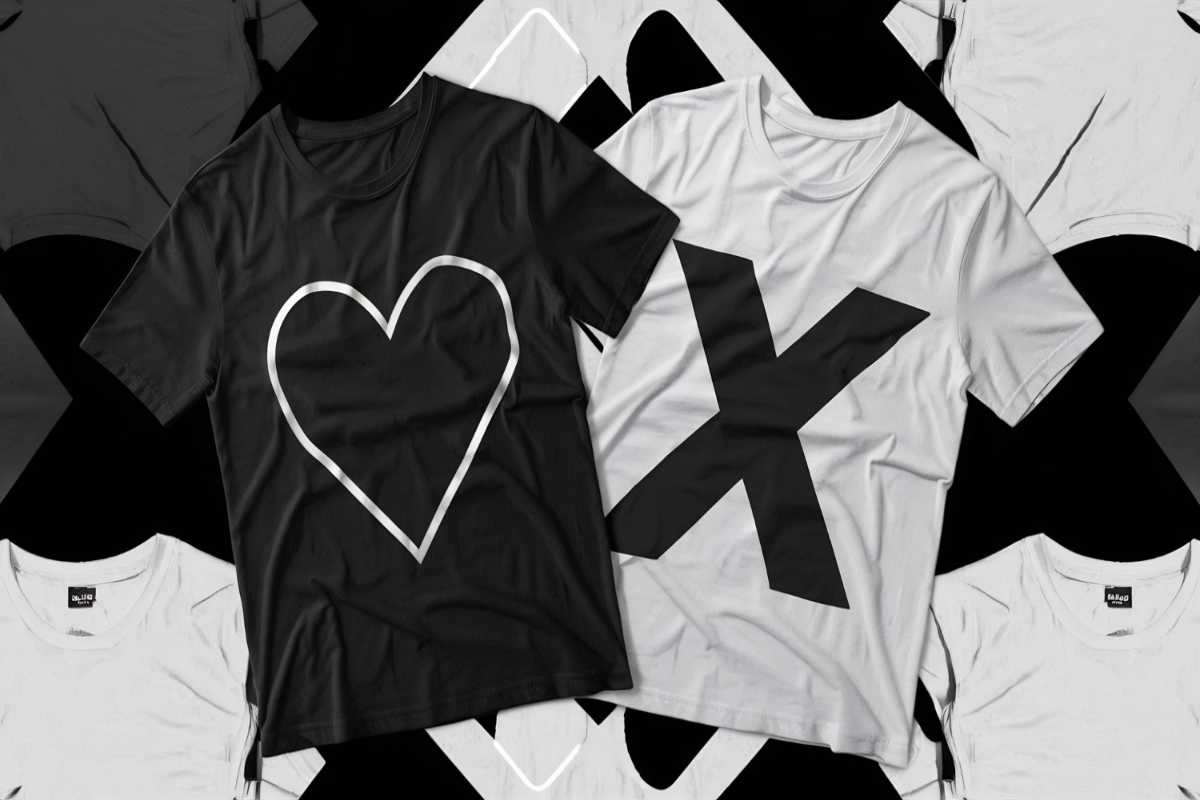
How to Improve Your Georgia DTF Print Quality
Understanding the Georgia DTF Printing Landscape
In recent years, the Georgia DTF printing industry has expanded rapidly, offering a wealth of opportunities for both new and established apparel decorators. However, one of the biggest challenges DTF printers face in Georgia is maintaining consistent quality across all jobs. Factors like humidity, equipment type, and material sourcing all affect the results. To stay competitive, businesses must refine their techniques and improve the clarity, color accuracy, and durability of their dtf transfers.
Choosing High-Quality Materials for Superior DTF Transfers
The first step in improving your Georgia DTF output is selecting the right supplies. Your PET film should be thick enough to avoid curling but still compatible with your printer. The dtf transfers ink must be vibrant and consistent, ideally formulated for your specific machine model. The powder adhesive should melt cleanly without residue. Always source from reputable Georgia-based suppliers to ensure the freshest materials and shortest shipping times. This minimizes exposure to humidity and degradation during transit.
Optimizing Printer Settings for Better Detail and Color
Fine-tuning your printer settings can drastically impact your dtf transfers. Print resolution should be set to at least 1440 DPI for crisp, photo-quality results. Make sure the color profile is correctly set in your RIP software. A common mistake in the Georgia DTF industry is failing to adjust ink limits for different garments, resulting in oversaturation or dull output. Perform regular nozzle checks and head cleanings to maintain smooth ink flow and avoid banding or smudging on prints.
Proper Curing and Powdering Techniques for Georgia Humidity
Humidity plays a significant role in the performance of dtf transfers, especially in southern states like Georgia. After applying the powder adhesive, make sure the curing process is thorough but not excessive. Over-curing can cause the powder to bubble, while under-curing leads to incomplete bonding. For best results in the Georgia DTF environment, use a curing oven with temperature controls and monitor indoor humidity using a hygrometer. Keep film and powder stored in airtight containers to preserve quality.
Heat Press Settings That Boost DTF Durability
Your heat press setup determines how well your dtf transfers adhere to fabric. Ideal settings often range from 300°F to 320°F at medium pressure for 15-20 seconds. For shops working in the Georgia DTF sector, it’s important to adjust these numbers based on fabric type, press model, and film thickness. A non-stick cover sheet can help distribute heat evenly and reduce scorching. Conducting peel tests (hot, warm, or cold) will also help determine what yields the best finish for each batch.
Maintaining Consistency in Your Georgia DTF Workflow
Once you've nailed down optimal settings and materials, consistency is key. In the Georgia DTF industry, customer satisfaction relies on repeatable results. Document your process, create presets in your RIP software, and train your team on best practices. Consistent record-keeping ensures your dtf transfers meet client expectations every time. Even slight variances in pressure or film alignment can lead to noticeable quality drops, especially for bulk or corporate orders.
Conclusion
Improving your Georgia DTF print quality involves attention to detail, dedication to process refinement, and ongoing education about the materials and techniques in use. From sourcing better films and inks to maintaining humidity control and setting accurate print parameters, every aspect matters. By mastering your dtf transfers workflow, you not only enhance customer satisfaction but also boost your brand reputation and profitability in Georgia's competitive apparel customization market.
Frequently Asked Questions
What film type is best for Georgia’s climate?
Use thick PET film with anti-curl coating, and store it in a dry area to combat humidity.
Why is my DTF print cracking after washing?
This is often caused by poor curing or incorrect heat press temperature. Ensure full adhesive activation.
Can Georgia humidity affect my DTF quality?
Yes, high humidity can cause powder clumping and inconsistent ink drying. Use dehumidifiers in your workspace.
How often should I clean my printer?
Daily nozzle checks and weekly deep cleanings are recommended for high-volume Georgia DTF businesses.
Are all DTF powders the same?
No, powder quality varies. Choose one compatible with your film and ink for strong adhesion and soft feel.
Can I press DTF on polyester garments?
Yes, dtf transfers adhere well to polyester. Just adjust heat press settings to prevent fabric damage.
What causes DTF prints to look blurry?
This could be from low-resolution files or too much ink saturation. Use 300 DPI PNG files for best clarity.
Do I need RIP software?
Yes, RIP software ensures correct white ink layering and color management for consistent Georgia DTF results.
How long should I press a DTF design?
Typically 15-20 seconds at 300°F–320°F depending on your film and garment type.
Should I use hot or cold peel?
Follow your film’s manufacturer instructions—some require hot peel, others cold. Testing is key for best finish.






